The seated forward bend in yoga or Pashcimottanasana looks much more simple than it actually is. The pose is both demanding and extremely important at the same time.
The main benefit of Seated forward bend is to improve the elasticity of your spine, mobility in joints, internal organs toned and nervous system invigorated. With so many benefits under one Yoga pose – what else can you ask for!
In Pashcimottanasana your body is literally folded in half giving it a nice stretch from the toes to the scalp. Meaning of Pashcimottanasana comes from a Sanskrit word ‘pascima’ means the ‘west’ (also used as a metaphor for the back of the body).
Seated Forward bends and it’s relation to Postures:
Seated forward bends – helps improve poor postures due to our modern lifestyle. Due to poor posture a lot of muscles in our body have shortened mainly due to stress, sitting endlessly on chairs, lack of exercise and poor postural habits.
Steps by Step Guide on How to do Seated Forward Bend (Pashcimottanasana)
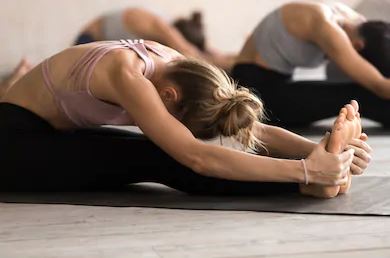 Step 1:
Step 1:
Sit up on the Yoga Mat while your legs are together and stretched out straight in front of you. Point your toes backward towards you.Try and sit directly on your pelvic bone by pulling out the flesh underneath your buttocks if any.
Step 2:
As you inhale stretch both your arms over the head so that you raise them parallel to the ears. Make a gentle effort to straighten and stretch your spine as much as you can comfortably.
Step 3:
As you retain the stretch pull your abdomen in and exhale and fold your body forwards from the pelvis. Lead this movement from your chest while keeping your back straight.
Step 4:
Bend forward until your hands reach your shins, ankles or feet – also stretch your head and spine forwards as much as you can. Let your elbows hang loose so that the tension in your shoulders and neck is released.
If you are not able to hold your toes – do not worry.
Hold your shins, ankles or knees as per your convenience. You will improve on flexibility with time.
Breathe deeply and slowly while making sure your head, neck and back are all in the same line. As you exhale feel you are stretching forward a little more each time.
Check if you have tightened your body at any place. Imagine that you are sending fresh breath in that area and help that part to relax. Visualize that the top of your head is coming down towards your feet.
Step 5:
When you are in the seated forward bend Pose – make an effort to bring your abdomen as close to your thighs as possible. Keep your knees and thighs straight to give them a nice stretch. Do not allow your feet or legs to go outwards – to do this point your toes towards you.
Step 6:
For Seated Forward Bend beginners – stay in this position for 10-30 seconds while breathing deeply. Repeat coming forward with each exhalation 2-3 times.
Step 7:
For Intermediate/Advanced students – you can stay in this position for longer. By gradually increasing this position over the time hold it for 5 minutes. Remember, yoga is all about breathing – therefore breathe deeply while holding the position.
Tips: Don’t fold the body – keep back straight while the thigh and muscles are relaxed.
Advanced students: You could rest the abdomen on the thighs, chest one the knees and head between the shins.
How to come out of Seated Forward Bend in Yoga:
Step 1:
Inhale and stretch the body forward and upwards. Do this until your arms and fingers are pointing upwards towards the roof or sky.
Step 2:
Relax the arms and come into the counter pose (Inclined plane).
Step 3:
Relax in the Corpse Pose (Savasana).
Common Mistakes:

1. Avoid bringing your head towards the knees – this will make your spine bend or curve. Instead, try and bring your torso as forward as possible while keeping your knees and spine straight.
2. If you bend your knees – the calf and thigh muscles do not get the required stretch to loosen up the taight muscles. Pointing your toes outwards is also responsible to prevent your calf muscles to stretch – instead point them towards you.
3. Do NOT hold your heels. Instead, hold your toes while pushing the leg back into the hip socket.
4. Another common mistake of Pashcimottanasana is to let your feet rotate outwards. This makes your hips misaligned.
5. You may tend to ‘try too hard’ to stretch further. Never force into a Yoga Pose or position – always flow and relax into the Pose.
Benefits of Seated Forward Bend Pose in Yoga:
Pashcimottanasana is an excellent Yoga Pose. It helps the breath flow through the Brahma Nadi (network of pathways through which energy travels in the body) and rouses the gastric fire. While doing this Yoga pose/asana all the muscles in the abdomen get contracted. As a result, it reduces the abdominal fat.
This Yoga pose is specifically beneficial for: Obesity, Enlarged Spleen or Liver. It also relieves constipation, prevents diabetes and cures piles. It prevents nocturnal emissions.
Stretching Benefits: It helps stretch the muscle sin the posterior part of the body. The hamstrings gain strength. It keep you younger as the spine become elastic.
Both the poses in Yoga – Plough Pose and Seated Forward Bend Pose help in bending the spine anteriorly and is a perfect stretch for the spine. It helps people who are looking out for Yoga Asanas to improve poor posture.
How to do the Plow Pose Halasana and its Benefits in Yoga
http://wordpress-334546-1028402.cloudwaysapps.com/steps-plow-pose-halasana-benefits-yoga-wellnessworks/
Physical Benefits of (Pashcimottanasana):
1. It restores flexibility to all the muscles in your posterior (back). It helps in correcting exaggerated lower back curve abd prevents and alleviates various types of back related muscular tension.
2.Pashcimottanasana helps in massaging and stimulating the organs in the abdomen. Especially the liver and spleen. Moreover, it improves digestion by toning the digestive organs. The pose helps in the involuntary constriction and relaxation of the muscles of the intestine and regulates the intestines. It also combats constipation.
3. Seated Forward Bend Pose – helps Diabetes and Hypoglycaemia ( low blood sugar) patients – since it regulates pancreatic functions, which in turn controls carbohydrate metabolism and blood sugar levels.
4. By practicing this Yoga Pose daily – your entire nervous system gets invigorated.
5. The joints get mobility due to the stretch.
6. Practicing Pashcimottanasana prevents spine from getting compressed and also stops pain along the course of sciatic nerves – especially in the legs.
7. When you keep your legs stretched during this pose – it stretches your hamstrings (muscles on the upper part of your legs), lumbar and sacral (the first and second sacral vertebrae) regions, helps improve postural alignment and lessens nervous tension in the body.
How to do Headstand? What are its Benefits
Mental Benefits of Seated Forward Bend Pose (Pashcimottanasana):
1. The mind becomes calm after practicing this Yoga pose.
2. Since the pose requires awareness and conscious control to align the body using your toes, knees, neck to let go – it allows the spine to be pulled by gravity into the pose.
“Achieving control with detachment is a benefit that can be appied to daily life, as well as in the practice of meditation.”
Can you do Yoga and Gym on the Same Day?
How to do Sarvangasana? Shoulder Stand steps and Benefits and Common Mistakes
http://wordpress-334546-1028402.cloudwaysapps.com/what-is-mindful-eating-wellnessworks/
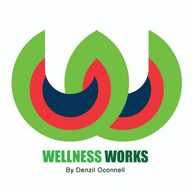

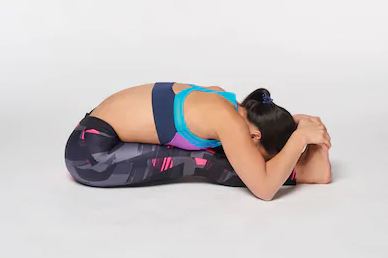

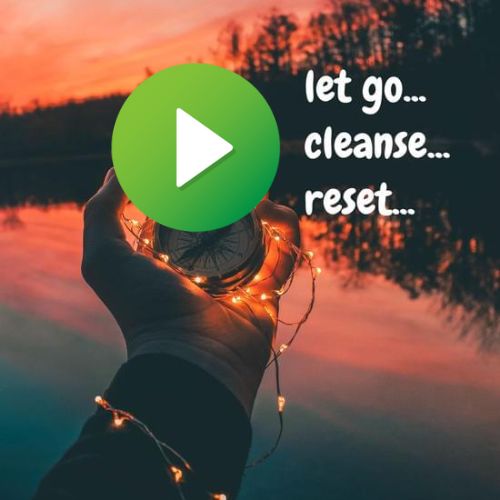
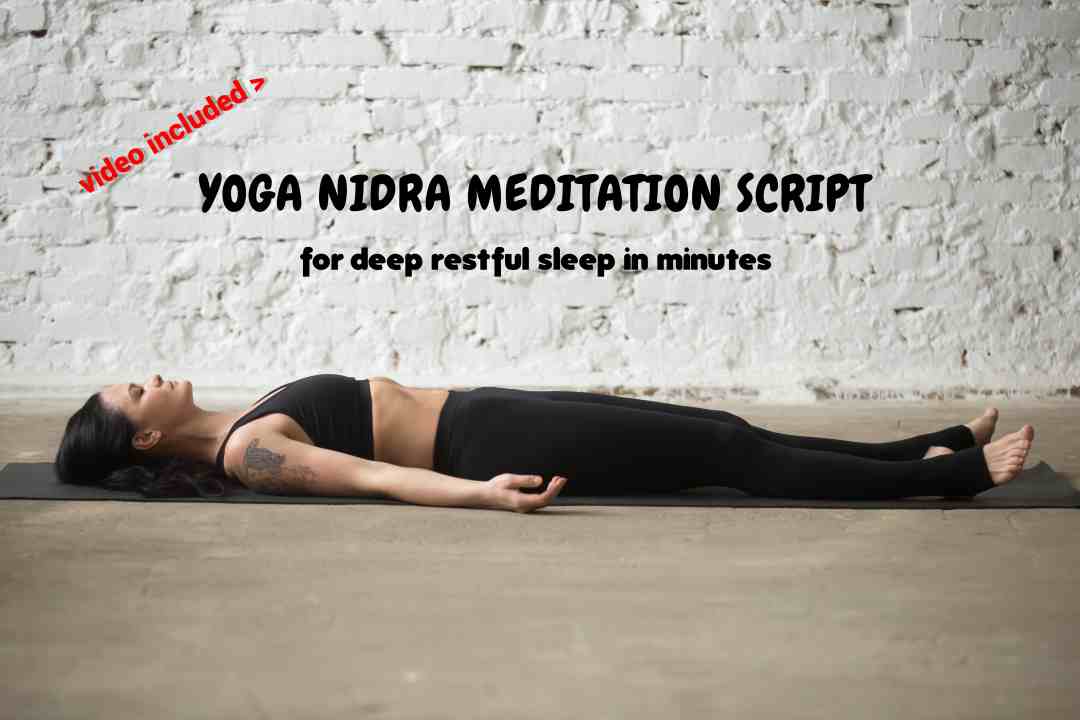



One Response